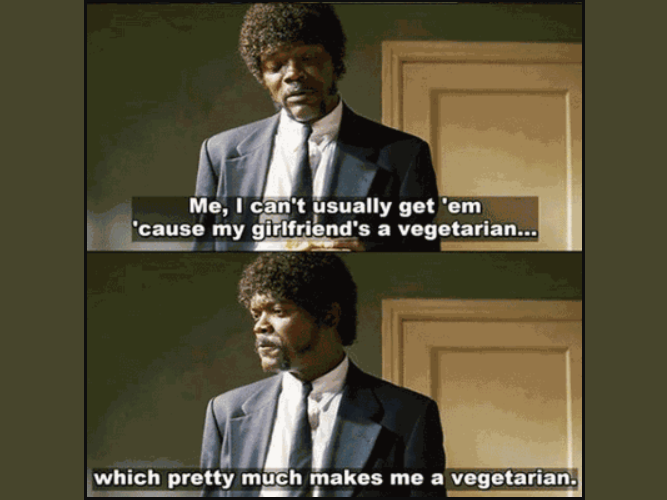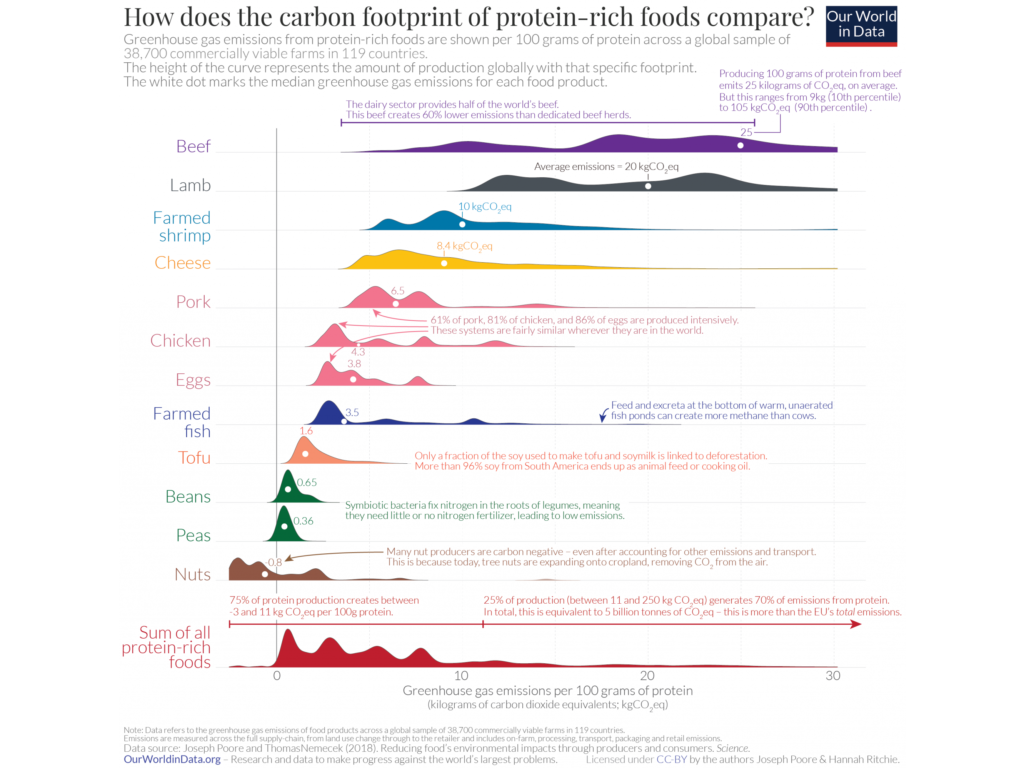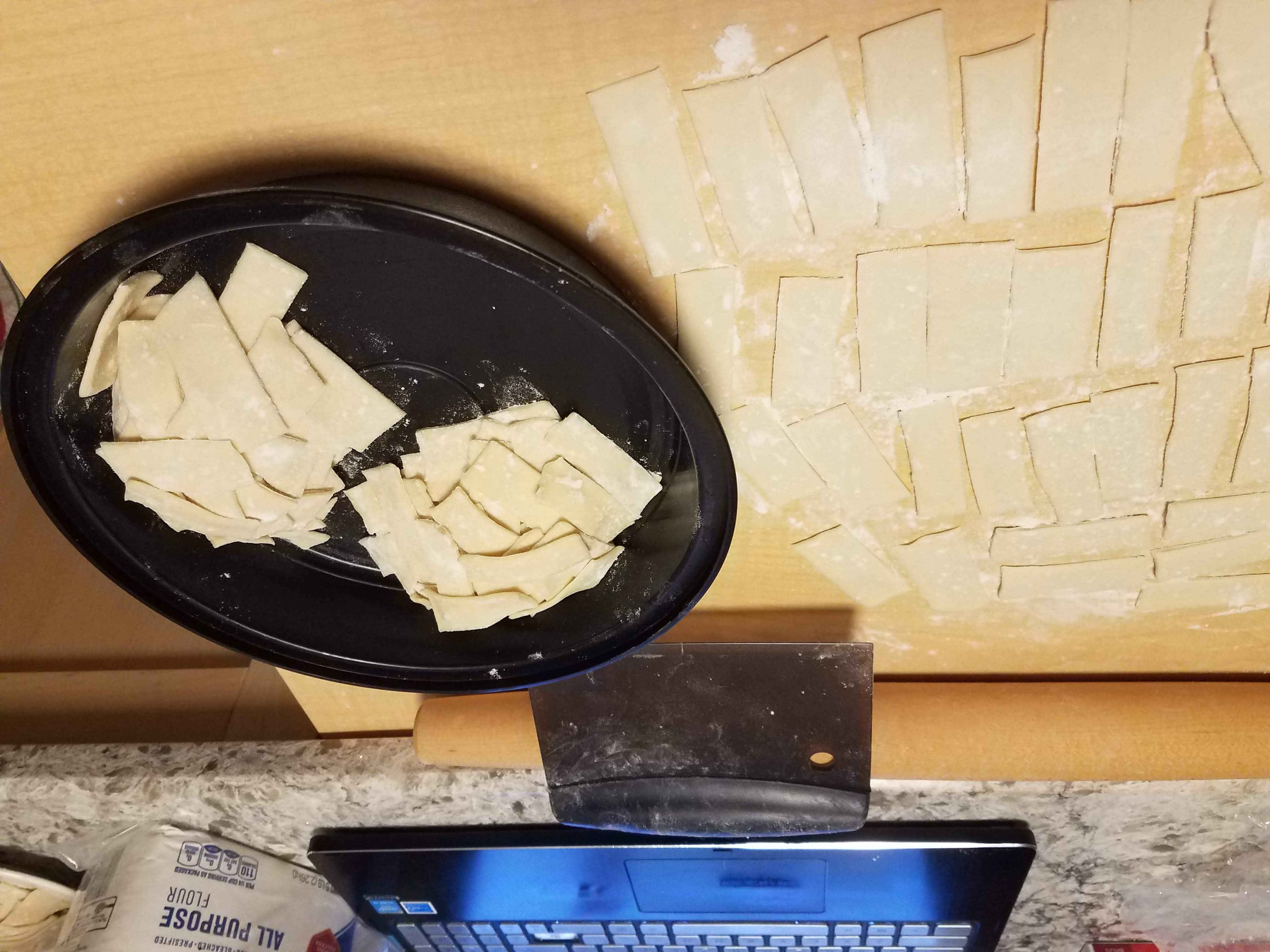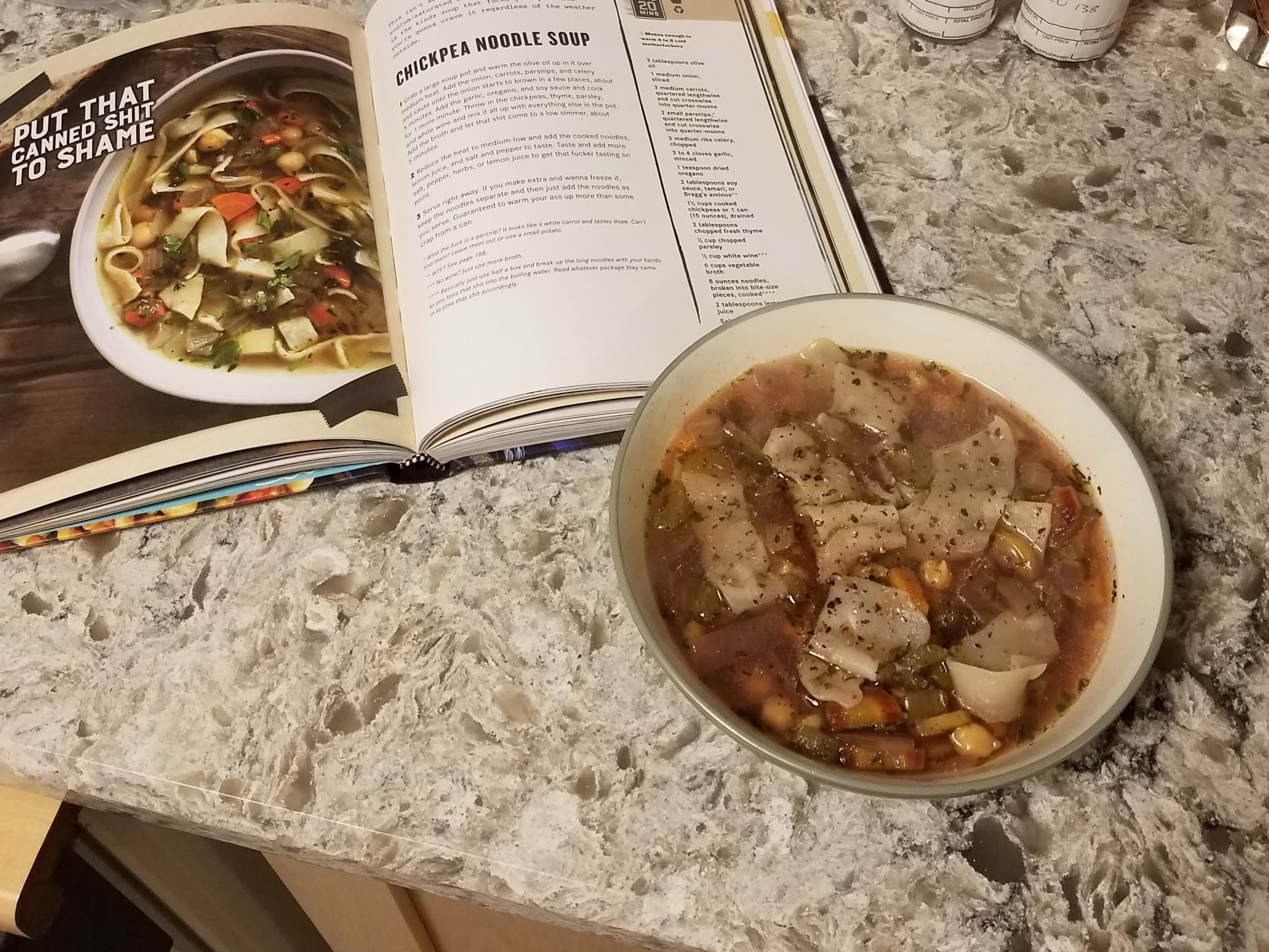Part 5 – Carbon Footprint
In grad school, my class went to Germany for a few weeks to study major, multinational companies there that were prioritizing sustainability as a way of doing business: DHL, RWE, Bayer (pre-Monsanto), Volkswagen (pre-dieselgate), etc. As excited as I was to check a new country off my list and dust off my German – and, of course, expand my knowledge in my chosen field of study – I was mostly preoccupied with how I was going to find anything to eat in the land of wurst.
I grew up in a German family, in Pennsylvania Dutch country, familiar with very meat-heavy, German dishes, and I was legitimately concerned that I would probably be spending my time there consuming exclusively bread, cheese, and sauerkraut (which I didn’t even like). When I arrived in Cologne, however, I was shocked at how many restaurants offered vegetarian options, and I was even more shocked at how many people there were vegetarian. The number one reason when asked why? “I wanted to lower my carbon footprint.”

Over this series, we’ve examined different (ostensible) benefits of veganism:
- Will it save animals? Generally, consuming fewer animal products will lower the demand for animals to live on farms to produce food for humans. However, the supply chain for plant-based foods can still result in unforeseen negative impacts on animals – largely innocent bystanders.
- Will it make you healthier? That really depends on how careful you are about what you consume. As we’ve seen, there are a lot of critical nutrients for human health that exist in the animal-based food we evolved to eat. It is possible to create a healthy, plant-based diet, but it also requires paying close attention.
- (And now) Will it help the environment? Yes. Absolutely yes. Eating fewer animal products (or removing them from your plate altogether) is one of the most significant things you can do to help reduce your carbon footprint for a variety of reasons, which we will go into below.
There are other lifestyle-level choices you can make that will likely have much more of an impact than your food choices, specifically car-related decisions (getting a more efficient or electric model, or ditching yours altogether), buying green energy, traveling less by plane, and (the elephant in the room) having fewer children. However, switching to a plant-based diet will also make much more of a difference than washing your laundry in cold water, recycling your bottles and cans, and changing out your lightbulbs.[2]
Understanding the Impact
As we covered in the Community Supported Agriculture series from Fall 2020,[3] there are significant carbon footprint impacts associated with meat and dairy. Land and water must be dedicated to raising animals – land that can’t be used for anything else. For several years we’ve known that a major culprit of deforestation in the Amazon is cattle ranching.[4] Land and water (and pesticides) are also used to grow food to feed those animals, requiring far more land than it would take to feed the same number of people with plants. If everyone on earth switched to a plant-based diet, we could drop the amount of land required to produce food by a whopping 75%.[5]
In addition to beef being the most land-intensive food (per calorie) by far,[6] it is also the most harmful from a climate change standpoint (per kilogram)[7] because of the vast amounts of methane produced by cows as they digest their food. If going full vegetarian or vegan is too much to ask, cutting out (or cutting back on) red meat will make a significant impact just on its own.

A recent survey showed that almost half of Americans are eating vegetarian or vegan at least some of the time: 3% identifying as vegan, 5% as vegetarian, 3% as pescatarian, and 36% as “flexitarian.” Flexitarian is, as the name would suggest, broad and lacking specific parameters, but the point is that more consumers, particularly younger adults, are eating less meat in favor of plant-based meals, while not fully committing to a strict diet.[9]
To be clear: I am not asking anyone to become vegan. I tried it for a month and learned that I can do it – and that it was not a hardship. I plan to be more flex-vegan than vegetarian in the future, and my biggest reason is because of the climate impact. There are plenty of things I love that are not great for the climate, but here is a place I know I can make an easy change. And the point of this series was to share that learning with you.
Now to close out Veganuary with one last recipe…
Recipe: Chickpea Noodle Soup
We finally got some seasonably cold weather in Pittsburgh this January and some snow to go with it. I wanted to make one of my go-to Thug Kitchen / Bad Manners soups,[10] but I did not want to dig my car out of the snow to go to the store for one ingredient: noodles. Fortunately, the internet helped out by directing me to a three-ingredient vegan noodle recipe that will be a staple in my house moving forward.[11]
I’ve only made pasta from scratch once before. When I lived in Japan, a foodie friend and I made blue cheese and pumpkin ravioli and invited a bunch of expats over for dinner. It was delicious, but I also recall it being a massive amount of work, which is why I never bothered again. If not for being “snowed in” – and my lack of certainty about the availability of vegan noodles at the store – I would have just grabbed a bag of ready-made noodles. But I’m glad I didn’t: these did take some time to prep, but it was less than I expected, and they turned out better than I had hoped.

Noodles:
- ¾ c water (you’ll probably use more, but start with this)
- 2 Tbs olive oil
- 3 c flour
Mound the flour on a kneading surface and make a crater at the top – like a volcano. Whisk the oil and water together and pour some of it into the hole. Lightly combine the flour and liquids with your fingers in the center of the crater, adding more liquid as you go. Have additional water on hand to mix in if you need to, but the dough shouldn’t be sticky. Once you have everything mixed, knead it for about five minutes. Roll the dough into a ball and put in cling wrap or an airtight container so it can rest in the fridge for at least 30 minutes.
Bring the dough back out once it’s ready and divide into quarters. Working with one quarter at a time, roll out on a floured surface. The dough should be very elastic, so it will take some patience to get it as thin as possible. Cut into pieces depending on the shape of pasta you want – I cut mine from flat dough as short, wide soup noodles, but you can roll the dough up and make thin slices for long, more spaghetti-like noodles. Flour will be your friend through this process.
If you want to use them right away, put them in boiling water for 1-2 minutes. They’re ready as soon as they float. If you want to freeze them, put them uncooked into an airtight container and boil them when you’re ready for them. They will keep for up to 8 weeks in the freezer.
Soup:
I doubled the ingredient quantities listed below, and it was a perfect match for the quantity of noodles. If you plan to freeze some (as I did), keep the noodles and soup separate in the freezer until you’re ready to serve. At that point, heat up the soup, boil the noodles, and combine.
- 3 Tbs olive oil
- 1 onion, diced
- 3 medium carrots, diced
- 2 small parsnips (I didn’t have these and just used more carrots)
- 3 medium ribs celery, chopped
- “3” cloves garlic, minced
- 1 tsp dried oregano
- 2 Tbs soy sauce
- 1 15oz can chickpeas
- 2 Tbs chopped fresh thyme (or about 2 tsp dried)
- ¼ c chopped fresh parsley (or about 4 tsp dried)
- ½ c white wine
- 6 c veggie broth
- 8 oz noodles
- 2 Tbs lemon juice
- Salt and pepper to taste (Thug Kitchen is comically notorious in this household for under-salting or not using it at all. You’ll probably need a bunch.)
Saute onion, carrots, parsnips, and celery for about 5 minutes. Add garlic, oregano, and soy sauce, stirring for another minute. Add chickpeas, thyme, parsley, and white wine, stirring until mixed. Add broth and bring to a low simmer.
According to their recipe, you should cook the noodles separately and add them to the pot at this point with the lemon juice, salt, and pepper. Serve immediately.
I have always added dry noodles to the simmering soup and let them cook according to the package instructions – until now. Since I was dealing with fresh dough for the first time and didn’t know how it would respond, I followed the instructions. I cooked one quarter of the noodles and added them to one quarter of the soup. The other three piles of raw noodles went into the freezer, as did three quarts of soup.

I’m glad that I made time to cook this January. It’s something I enjoy doing, and there are a lot of delicious vegan recipes out there. If you start with a variety of good, nutrient-dense ingredients, you’re well on your way to achieving something that can be a good choice for the planet, animals, and you.
Did you follow along at home? How did Veganuary go for you? What were your biggest challenges or favorite discoveries? Will you continue into February?
Thanks for reading!
[1] https://imageresizer.static9.net.au/2VVSVDPW7r6Q2q05ho33_L2kotE=/38×212:461×635/396×0/https%3A%2F%2Fprod.static9.net.au%2Ffs%2Ff0a4e03b-6872-469f-b6de-f5aed32a6ed9
[2] https://www.science.org/content/article/best-way-reduce-your-carbon-footprint-one-government-isn-t-telling-you-about
[3] https://radicalmoderate.online/community-supported-agriculture-part-2/
[4] https://www.theguardian.com/environment/2019/jul/02/revealed-amazon-deforestation-driven-global-greed-meat-brazil
[5] https://ourworldindata.org/land-use-diets
[6] https://ourworldindata.org/land-use-diets
[7] https://ourworldindata.org/food-choice-vs-eating-local
[8] https://ourworldindata.org/less-meat-or-sustainable-meat
[9] https://www.ift.org/news-and-publications/food-technology-magazine/issues/2020/december/departments/news-flexitarianism-on-the-rise-transparency-tops-2021-trends
[10] https://www.badmanners.com/book/fast-as-fuck
[11] https://www.biggerbolderbaking.com/vegan-pasta-recipe/
0 Comments